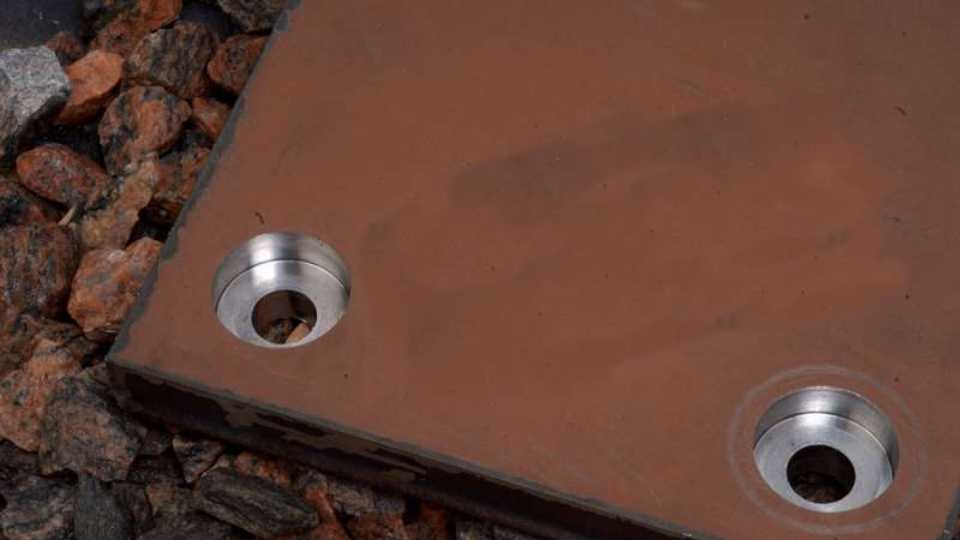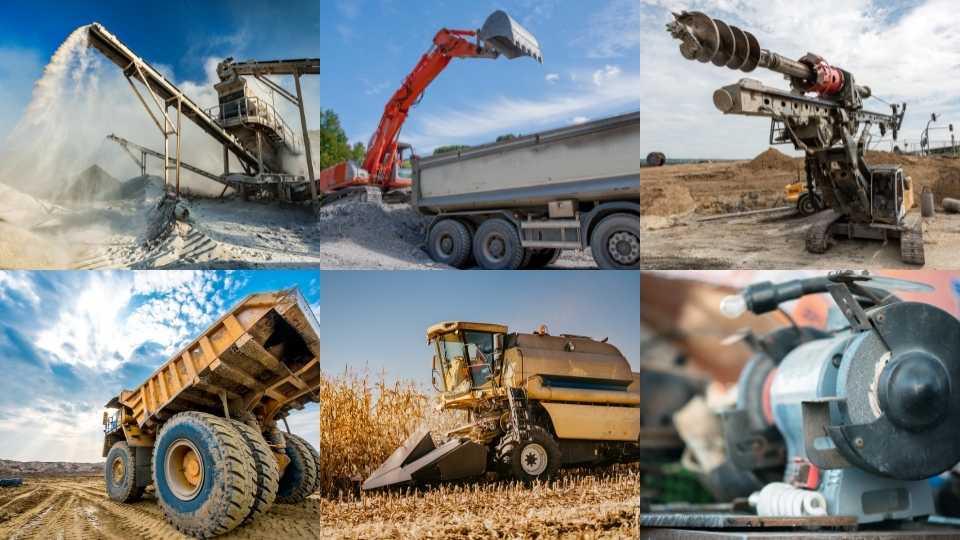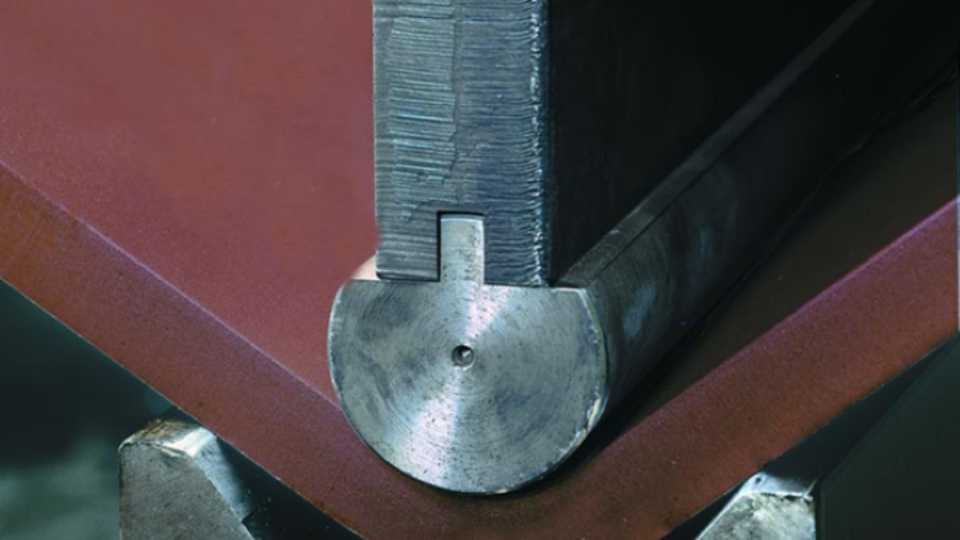Wear-resistant steel plates, also named abrasion-resistant plates (AR Plates), are used to reduce wear and tear on equipment surface caused by intense rolling abrasion and impact. The strength of these wear-resistant steel plates is enhanced by heat treatment such as quenching and tempering, or by adding some alloying elements, the original characteristics of the steel plates are intensified.

Thanks to their excellent hardness and toughness properties, these wear-resistant steel plates can be found in various industries and applications where abrasion, wear, tear and impact requirements are particularly critical.

Excavators, Crushers and Bulldozers
Mining and earth-moving machinery
Liners and structural elements for buckets
Dump Truck bodies
Crushing and pulverizing equipment
Conveyor belts
Fan blades
Scrap presses
Paving moulds
Unlike many other steel products, these wear steel plates doesn’t have a standard provision, nor required specific chemical composition. The fact is that each mill has its own alloy composition of wear plates, resulting in different mechanical performance. But being agreed to all, the hardness which is measured in Brinell units is the most crucial factor in judging the quality of a wear plate.
Wear-resistant steel plates are well defined regarding their hardness. There are mainly 2 ways to increase the hardness and toughness of the wear plates:
i. Heat Treatment (QT)
For some specific working environments, such as earthmoving and mining, quenched and tempered steels by the process of heat treatment are an economical choice. However, these types of wear plates, while cost effective, are not as durable as alloy wear plates.
ii. Adding Alloy Content
For alloy wear plates, there are 3 basic alloying elements: carbon, silicon, manganese, and of course, other alloying elements can also improve different mechanical performances of wear-resistant steel plates:
Carbon: The increase of carbon content in steel will increase its yield point and tensile strength but reduce its ductility and impact. Meanwhile, too much carbon content could reduce the weldability of the steel, so adjusting the carbon content balance in the wear plate is a very important operation that can’t be ignored.
Silicon: Silicon can significantly increase the elastic limit, yield point and tensile strength of steel, but like carbon, the weldability of steel would decrease by adding too much amount of silicon.
Manganese: Manganese is a good deoxidizer, and desulphurization in the steelmaking process, so that the wear plate has greater strength and hardness, also improves the hardenability of steel and the hot processing performance.

When considering the lifespan of the wear-resistant steel plates, especially in applications like the truck bodies, conveyor belts, and fan blades, the smoothness of the surface is a very critical factor. A smooth surface can ensure uniform wear as well as bending radius, which can provide a precise bending accuracy.
The core hardness value affects the lifetime of the wear parts, for example, as wear occurs and new material is exposed, if the core hardness value of the steel plate is higher, the wear rate will be minimized compared to the steel plate with a low core hardness value, and the service life of the parts will also be prolonged.
As an integrated steel trading solution provider, we, CUMIC Steel Limited, have long-term cooperation with over 300 mills worldwide. For the past 15 years, we have been consistently delivering high-quality integrated steel trading solutions to 2000 regular clients in over 70 countries. For queries, please contact CUMIC at cumic@cumic.com.
